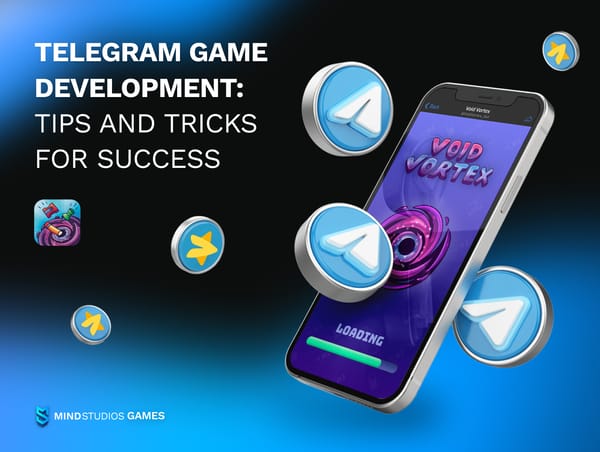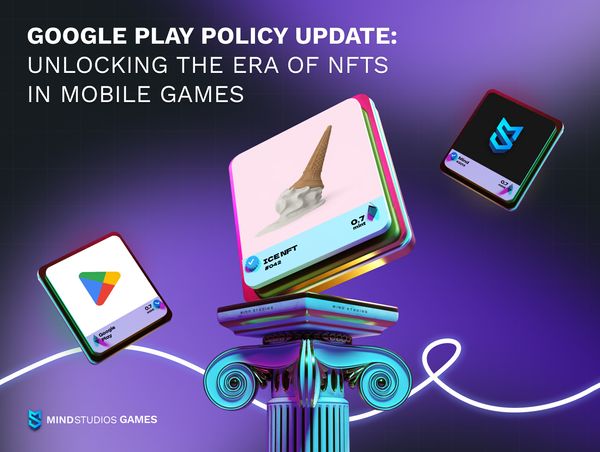The difference between single-player and multiplayer game level design is one of the biggest gaps game designers need to jump over in their upskilling. You can use the same art or 3D models for both single-player and multiplayer games. And while the job of developers will be considerably more tricky when dealing with networking functionality and state synchronization, it’s not that different at its core.
We do, however, get a whole new set of rules and specifics to keep in mind when it comes to game design for multiplayer games. In particular, level progression will need to be very different in multiplayer games. And that’s what we’ll be talking about below.
We’ve published an article recently about multiplayer game development. That one is a general article, covering the bases for anyone who wants to embark on this tricky journey to capture the minds of players who are in it for the 🤝community🤝. The article you’re reading now is a sort of spin-off, and we’ll be talking about multiplayer level design, an essential part of multiplayer game development.
Key takeaways:
- Level design in multiplayer video games is centered around maps;
- There are six main types, or structures, of maps: arena, linear, circular, branching, asymmetrical, and hub-and-spot maps;
- For engaging gameplay, multiplayer maps need to be designed balanced, navigable, and offer fair success chances to all players;
- There are a number of techniques game designers need to use to guide players through maps — respawn points, landmarks, routes, rewards, etc.;
- To check whether the multiplayer level design is well-made, developers and designers perform playtests after each iteration.
Map layout and structure
Level design for multiplayer games is a critical component that directly impacts player experience, game balance, and overall enjoyment. And effective map layout and thoughtful design with accordance to set principles ensure that the gameplay remains engaging, fair, and dynamic. The following are the main principles game designers adhere to during the level design process for multiplayer games.
#1 Balance
This is one of the main differences multiplayer maps have compared to single-player ones. A single-player map needs little to no consideration for fair opportunities, as the level/battle is by default designed to be won by the player. The key there is to make this obvious win interesting.
Multiplayer maps, however, have players on all sides — be it a battle or exploration environment. And ensuring that all players have equal access to key areas, resources, and strategic points is crucial for maintaining game balance, whether the game is competitive or not. This means that maps need to be designed accessible for all players equally.
In short, balance involves distributing resources, vantage points, and spawn locations in a way that no single player or team has a definitive advantage.
#2 Symmetry
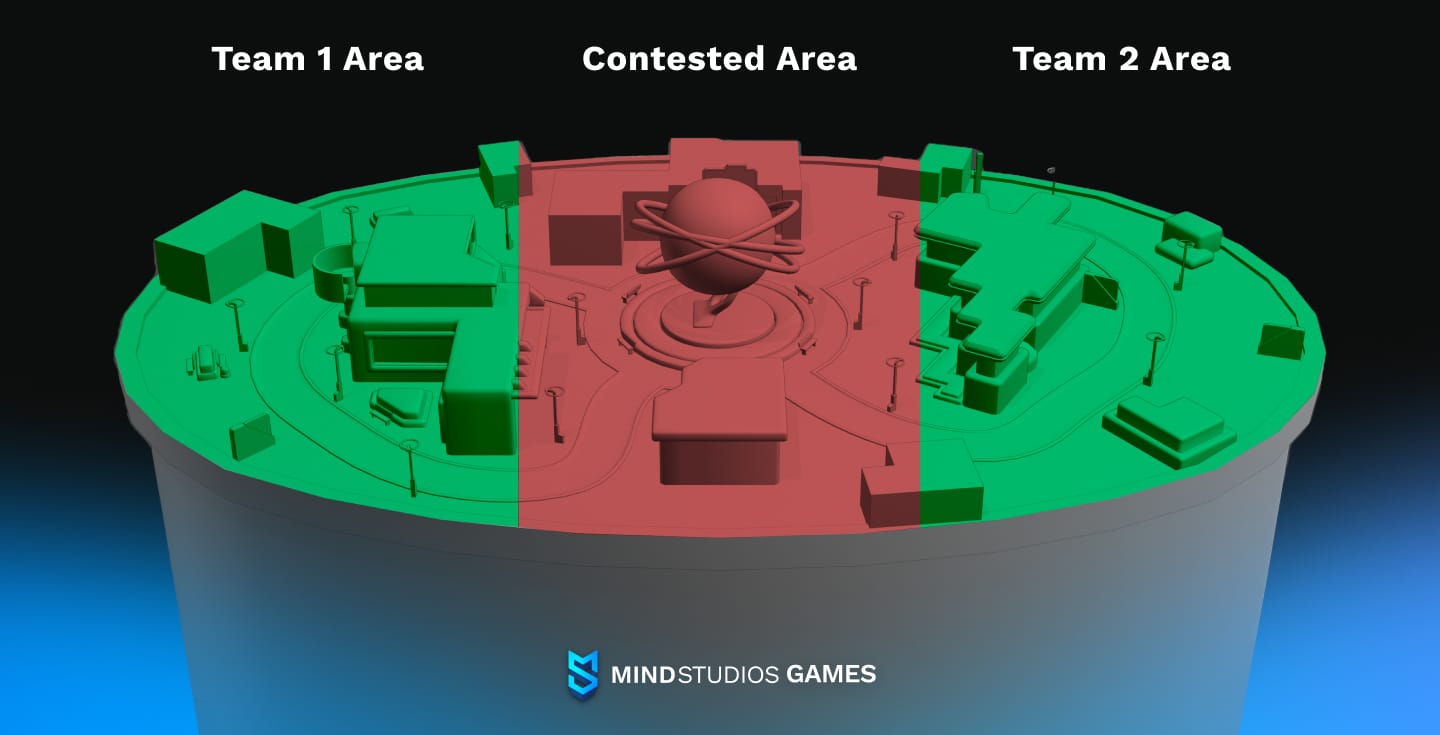
Symmetrical map for a multiplayer game, by Mind Studios Games.
Symmetry in map design for multiplayer maps ensures that each team or player starts with equal opportunities and resources, providing a fair and balanced gameplay experience. In competitive modes like capture the flag or team deathmatch, symmetrical maps are used quite often, as they ensure that no team has an unfair advantage.
Examples of symmetrical maps include the “Dust II” map in Counter-Strike and various maps in Halo and Overwatch.
There are also several non-straightforward approaches to symmetry in multiplayer maps:
- Asymmetrical balance. That’s when the map isn’t symmetrical visually, but it does offer equal opportunities to all competing sides. For example, if one side has the advantage of more spaces to take cover, the other side might have higher ground and therefore better visibility even of hiding opponents. This is a highly complex way to build multiplayer maps, but it results in an interesting and engaging game.
- Dynamic/temporary symmetry. By adding to the map dynamic elements that change map configuration in real time, level designers create the necessity for players to adapt on the go. These dynamic elements might be in any form appropriate for the setting: gates that open and close, elevators, moving platforms, etc. They create temporary symmetry on the map if they appear/open at the same time for all participants.
- Centralized symmetry. This is the type of multiplayer maps where the central point — objective — of the map is symmetrical for all players, but the routes to reach it differ. This kind of maps enforces closer coordination and tactical thinking from players, making strategical planning more challenging.
To ensure fairness in competitive games without making strictly symmetrical maps, you can make players compete for several rounds, and rotate their sides on the map each round. This way, even if the map isn’t made equally favorable or hostile to all players, the game itself will appear fair, as in the end, all players will encounter the same obstacles.
#3 Variety
Different environments, routes, and tactical options keep the gameplay dynamic and interesting. The principle of variety means that maps do not become monotonous and that players can explore multiple strategies and playstyles.
Maps should offer a mix of long-range, mid-range, and close-quarters combat scenarios — to both fit different types of players/characters and to offer variability in applicable strategies. The latter will increase player engagement, while the former will attract more players to the game. After all, many players have distinct preferable style of playing.
One of the level design tips we have to ensure map variety is to incorporate different terrain types, obstacles, and interactive elements like doors, elevators, or destructible objects. Also, ensure there are multiple routes to objectives and diverse settings within the same map — it prevents bottlenecks and promotes strategic variety.
Different map structures and their impact
In this section, we’ll list the main map structures used in multiplayer game level design, and how each map type can be utilized.
Map structure |
Description |
|---|---|
Arena maps |
These maps are usually symmetrical with a central focal point, designed for fast-paced action and balanced gameplay. Impact: Promote constant engagement and is often used in games focused on direct combat (e.g., Quake, Unreal Tournament). |
Linear maps |
Linear maps follow a straightforward, direct path from start to finish, often used in objective-based or narrative-driven modes. Impact: Guide players towards specific goals and can create a narrative-driven experience (e.g., payload maps in Team Fortress 2, campaign levels in Call of Duty). |
Circular maps |
Designed in a circular layout, these maps allow players to navigate around the central point. It’s a design where paths loop around, creating a continuous flow without dead ends. Impact: Encourage continuous movement and can lead to dynamic, unpredictable encounters, making them suitable for games that prioritize control points and territorial gameplay (e.g., domination maps in Call of Duty, maps in MOBA games like League of Legends). |
Branching maps |
This type of map structure features multiple paths that branch off from a central point, offering varied routes to objectives. Impact: Supports different play styles and strategies, making gameplay more flexible and less predictable (e.g., some maps in Counter-Strike). |
Hub and spoke maps |
Central hub area with multiple paths (spokes) leading to various objectives or areas. Impact: Allows for diverse engagements and strategic control over key areas, fostering teamwork and coordination (e.g., Overwatch maps). |
Asymmetrical maps |
Intentionally designed with imbalances to create unique challenges for different teams. Impact: Often used in asymmetrical game modes where teams have different objectives (e.g., Left 4 Dead, Dead by Daylight). |
Open-world maps |
Open-world maps offer large, non-linear environments with multiple objectives and high player freedom. Impact: These maps have high replayability, diverse strategies, and emergent gameplay. They’re ideal for exploration-based and sandbox games (e.g., Battle Royale games like Fortnite and PUBG). |
Player flow and navigation
Player flow essentially refers to the natural movement and progression of players through a game level. It encompasses how players navigate the map, encounter opponents, and complete objectives. Good player flow ensures that players can intuitively understand and navigate the map, encounter other players in balanced and engaging ways, and achieve their goals without unnecessary frustration.
The three main principles of player flow in game level design — and that includes multiplayer level design — are:
- Engagement and pace. Proper player flow keeps players engaged by ensuring frequent, but not overwhelming, encounters with opponents. It helps maintain the game's pace, avoiding areas where players might get stuck or lost.
- Balance and fairness. Good flow prevents any player or team from gaining an unfair advantage due to map layout and ensures equal opportunity for accessing key areas and objectives.
- Immersion and enjoyment. Smooth flow enhances the immersive experience, making the game world feel coherent and believable. It contributes to overall player satisfaction by reducing frustration and enhancing strategic depth.
Following are the multiplayer level design tips and techniques for guiding player movement and navigation.
Sightlines

Sightlines are the lines of sight that players have within the map. They help players locate themselves and predict where they might encounter enemies, creating strategic opportunities.
Application: Use sightlines to direct attention and movement. Long sightlines can guide players towards key objectives or areas, while shorter sightlines can create tension and close-quarters combat scenarios.
Chokepoints
Chokepoints are narrow areas where player movement is restricted, often leading to concentrated encounters. They balance the pace of gameplay by forcing players to engage at certain points, fostering teamwork and strategic positioning.
Application: Design chokepoints to control the flow of players and create hotspots for intense combat.
Landmarks
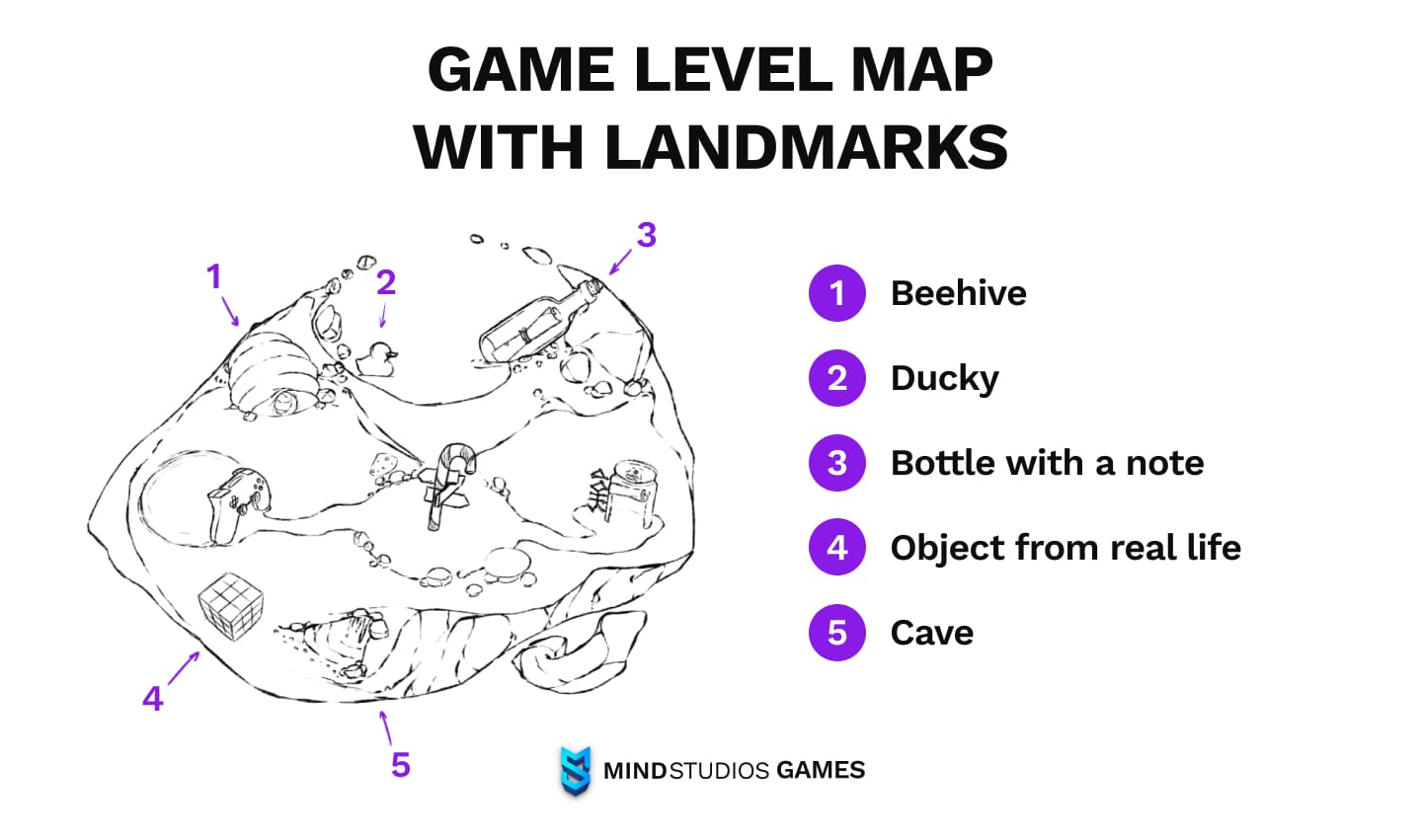
Landmarks on a game map. Made by Mind Studios Games.
Distinct, recognizable features within the game environment that make navigation intuitive and reduce the likelihood of players getting lost. Objects like towers, bridges, mountains encourage exploration and aid in strategic planning.
Application: Use unique buildings, statues, or natural features in your multiplayer game level design as landmarks to help players navigate and position themselves.
Pathways and routes
These are, quite obviously, the various routes players can take through a map. The wider the selection of pathways, the more the level encourages varied gameplay and tactics, preventing the map from becoming stale and predictable.
Application: Provide multiple pathways to objectives to avoid bottlenecks. Include main routes for direct access and side routes for flanking or strategic maneuvers.
Verticality
The use of different height levels within the map in multiplayer level design adds depth to gameplay, offering more strategic options and creating dynamic encounters.
Application: Incorporate multi-level areas to provide high ground advantages and alternative paths.
Environmental cues
Visual and auditory signals within the environment can guide players, which will enhance immersion and help players understand the map intuitively.
Application: Use lighting, sound, and color to draw attention to key areas or pathways. Brightly lit paths, unique textures, or specific sounds can guide players without overt instructions.
Spawn points
Locations where players respawn after being knocked out, spawn points are critical to ensure players don't reappear directly into danger. Strategic placement of these points can prevent spawn camping and balance the gameplay. We’ll talk a bit more about these in a separate section below.
Application: Place spawn points in areas that both minimize spawn camping and ensure quick re-entry into the action.
Cover and obstacles
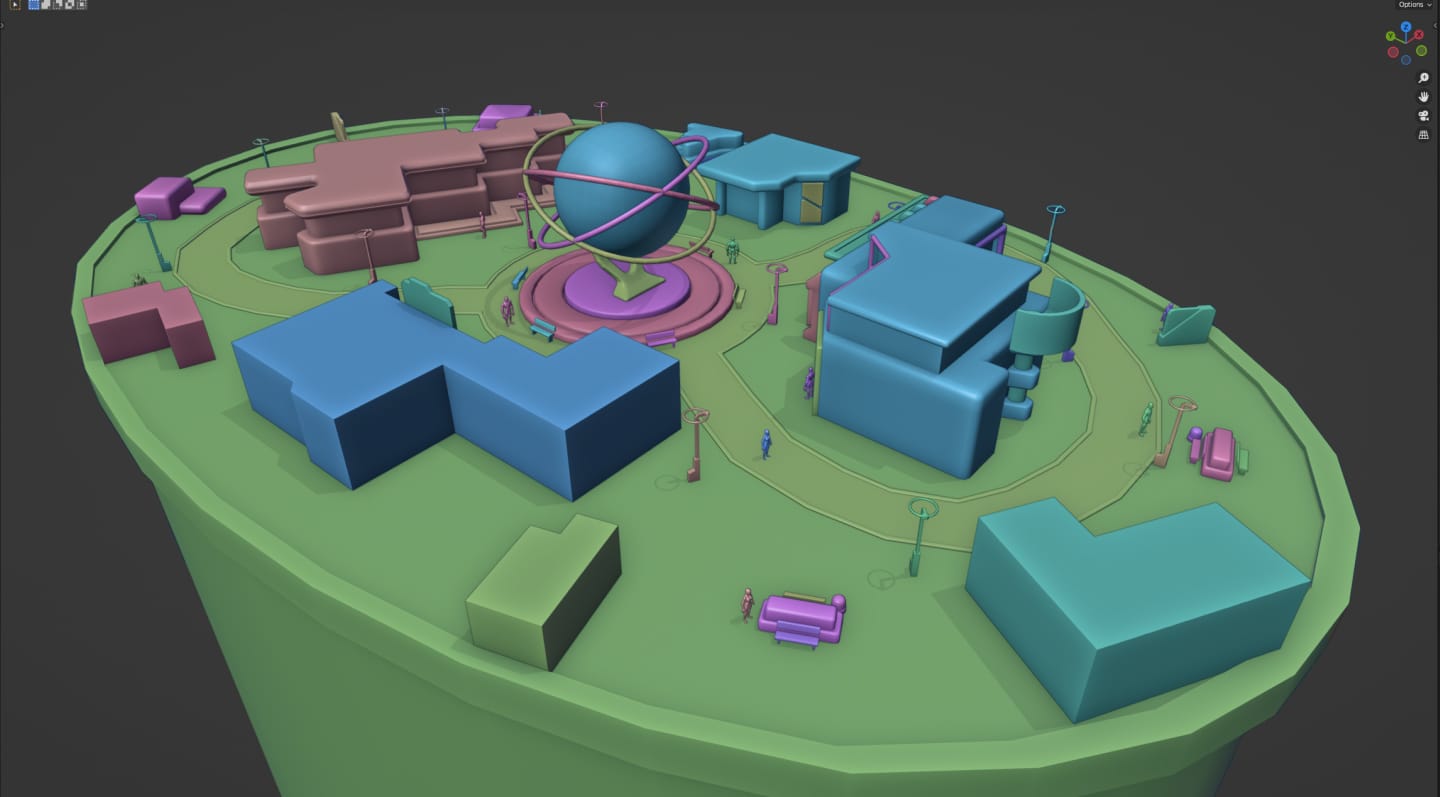
Objects that can serve as cover and/or obstacles on a multiplayer game level map. Made by Mind Studios Games.
Objects or structures that provide protection or impede movement will enhance gameplay and provide opportunities for ambushes and defensive maneuvers in multiplayer maps. In other words, incorporating areas of cover and potential hazards can create strategic depth.
Application: Strategically place cover to create safe routes and strategic positions. Ensure obstacles do not overly hinder movement. This will force players to make tactical decisions, utilizing the environment to their advantage.
Objectives and rewards
Key goals or items that players aim to reach or control — flags, control points, or bomb sites, etc. They motivate players to explore the entire map and create hotspots for encounters.
Application: Strategically place objectives like this in areas that encourage movement across the map. Use rewards like power-ups to draw players into certain zones.
Spawn points and respawn systems
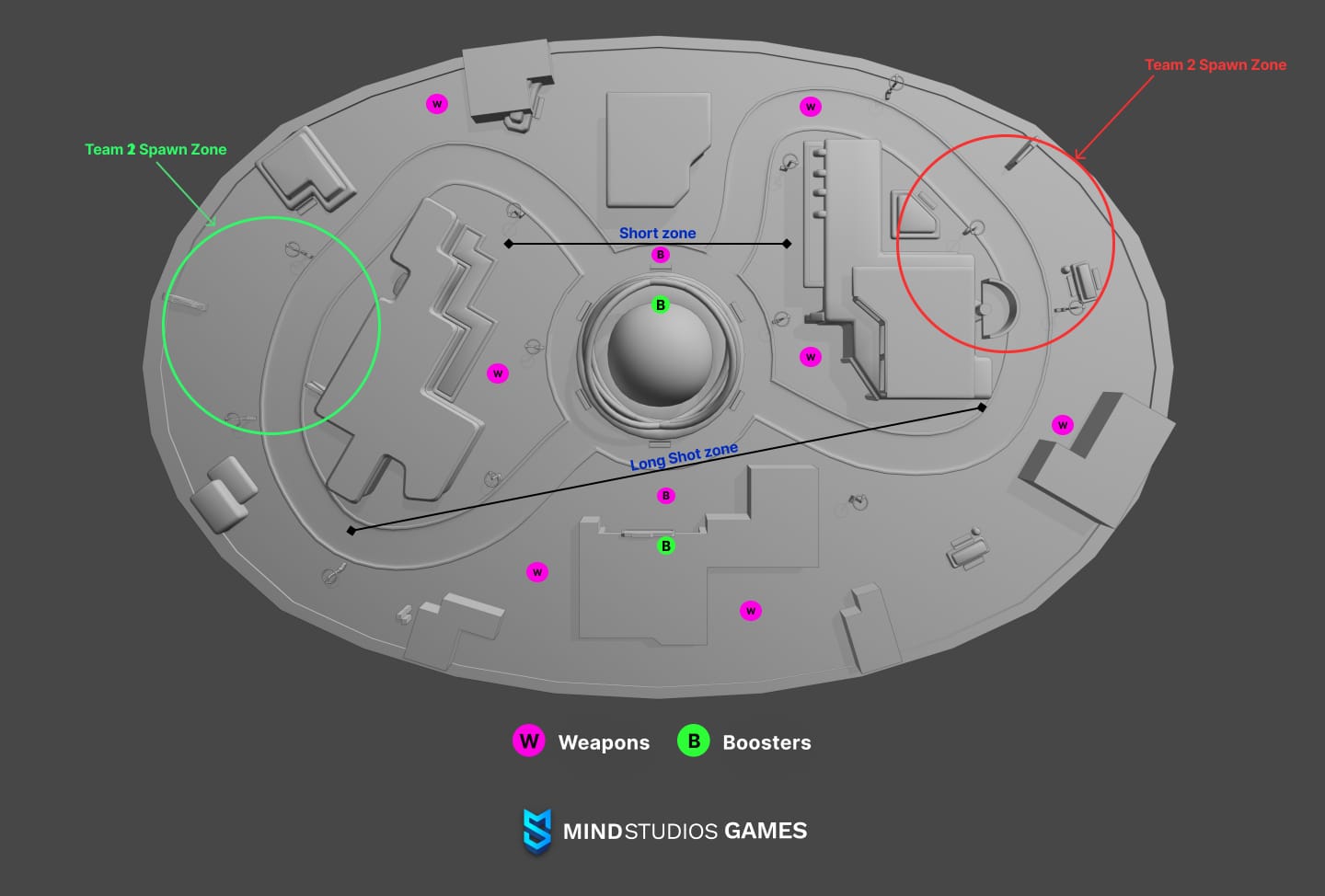
A game level map with indicated respawn points, by Mind Studios Games.
As mentioned above, spawn points are crucial in multiplayer level design, as they determine where players re-enter the game after being eliminated. Properly designed spawn points significantly impact player engagement, game balance, and overall enjoyment.
Efficient spawn points minimize downtime, keeping players engaged and in the action. Their proper placement ensures players don't feel unfairly targeted or spawn-killed, maintaining a positive experience. Additionally, good spawn design supports the game's flow, preventing stagnation and encouraging continuous movement and combat.
When it comes to game balance, properly placed spawn points:
- Ensure all players or teams have equal chances to access strategic areas and resources;
- Prevent opponents from easily camping and exploiting respawn points;
- Dynamic spawn systems can adjust based on the game's state, ensuring balance even as the match progresses.
There are three main types of spawn systems, and we’d also like to highlight three others that are less conventional yet almost equally popular.
Traditional spawn systems in multiplayer game level design
- Fixed spawn points: Players respawn at predetermined, static locations. These points are carefully chosen to be balanced and strategically fair for all players. They’re easy to predict and understand, but can lead to spawn camping if not well-designed. Examples: Classic games like “Quake” and “Unreal Tournament” use fixed spawn points.
- Dynamic spawn points: Spawn points change based on game conditions, such as player positions or ongoing combat. This type is implemented via the system that analyzes the map's state to pick the safest or most balanced spawn location. Dynamic spawn points enhance fairness and engagement by adapting to the current game state, but they require complex algorithms to function effectively. Examples: “Battlefield” series implements dynamic spawns to adapt to the evolving battlefield.
- Squad or team-based spawns: Players respawn near their squad or team members, or at locations related to their team’s control, such as a base or controlled territory. This type of spawn systems fosters teamwork and encourages teams to conquer or control areas with better spawn points. However, it can also lead to cluster spawns where multiple players respawn together. Examples: “Squad” uses this system to promote teamwork.
Unconventional spawn systems
- Random spawn points: Players respawn at randomly chosen points from a set of predefined locations. Basically, the game randomly selects a spawn point from a pool, and players re-enter the map in various locations. This reduces predictability and spawn camping but can occasionally result in unfair respawns. Examples: Call of Duty uses a variation of random spawns.
- Wave respawns: All eliminated players respawn simultaneously after a set period. The game system synchronizes player re-entry, promoting large-scale engagements and reducing the likelihood of isolated spawns. Examples: “Enemy Territory: Quake Wars” and some modes in “Halo” use wave respawns.
- Objective-based respawns: Respawn points are tied to players’ objectives. It’s a subtype of dynamic spawn systems. If the game revolves around capturing territories, for example, the respawn points might change dynamically to the closest or last area the player’s team captured. Losing that area will also lose a spawn point. Examples: In “Overwatch,” respawn points shift as attackers capture control points.
Key considerations for respawn system design
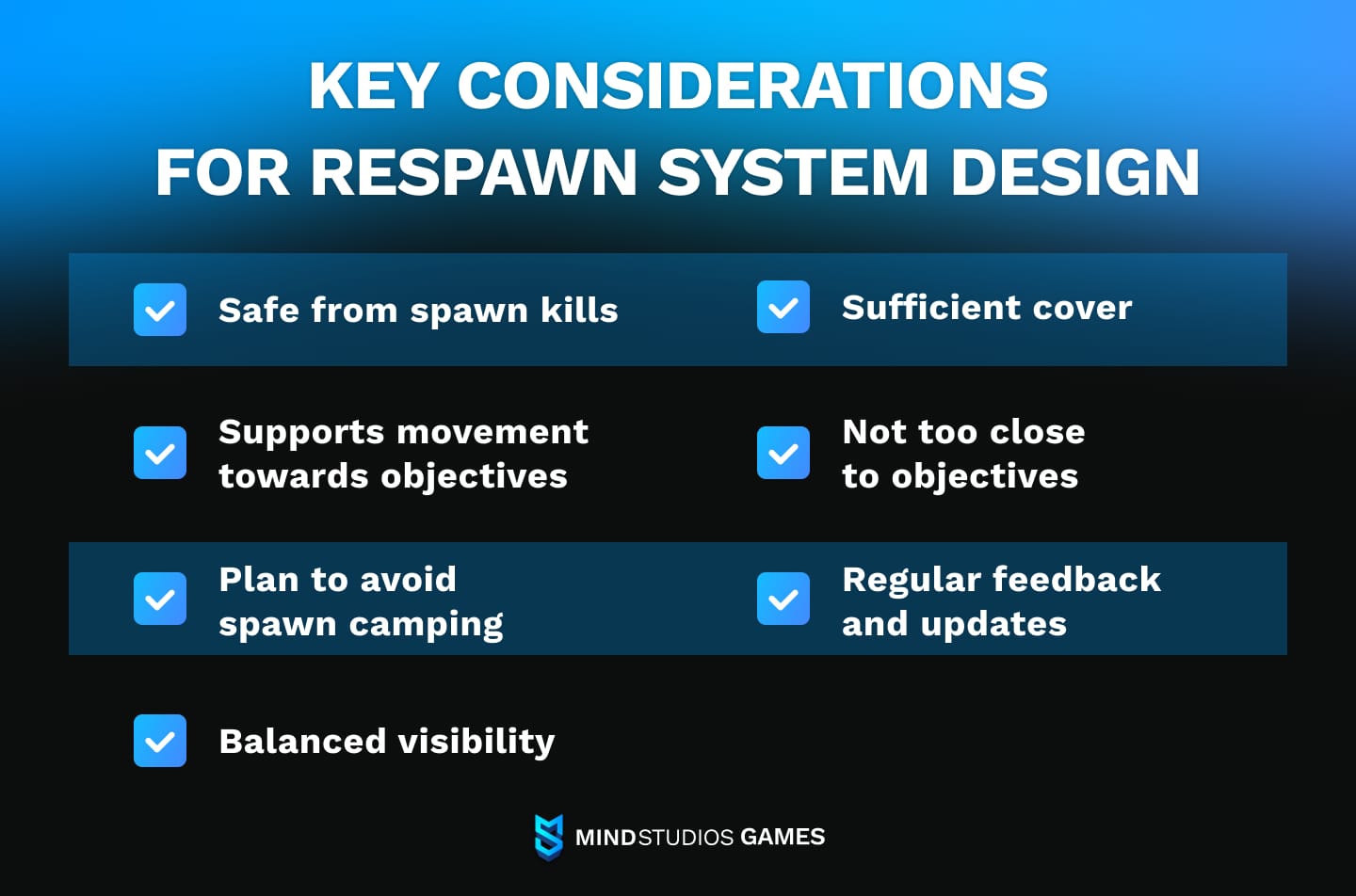
How to design a multiplayer game’s spawn system? Here’s a checklist from our game designers’ level design tips:
☑ Ensure spawn points are not in immediate danger of enemy fire.
☑ Implement safe zones or spawn protection mechanics to prevent immediate spawn kills.
☑ Design spawn points to support the overall map flow and encourage movement towards objectives.
☑ Avoid placing spawns too close to high-traffic areas or critical objectives.
☑ Provide sufficient cover near spawn points to give players a chance to orient themselves upon respawning.
☑ Ensure visibility from spawn points is balanced, avoiding instant engagements.
☑ Implement systems that adjust spawn points based on real-time game data, such as player density and combat zones.
☑ Use algorithms to detect and prevent spawn camping.
☑ Gather player feedback to identify problematic spawn locations or patterns.
☑ Regularly update and tweak spawn points to maintain balance and fairness.
Spawn points are a fundamental aspect of multiplayer level design that directly affects player engagement and game balance. By carefully designing and implementing various respawn systems, developers can create a fair and enjoyable gaming experience. Spawn safety, map control, visibility, cover, dynamic adjustments, and player feedback are all essential for optimizing spawn point design and ensuring balanced gameplay.
Weapon and item placement in multiplayer game level design
If your game is centered around battles — of PvP or team variety — strategically placing weapons and items throughout a level in multiplayer maps is crucial if you wish to promote balanced gameplay, encourage strategic decision-making, and shape player encounters. Here's top three strategies for placement of weapons, pickups, special items, and their roles in gameplay dynamics.
Strategies for placement of weapons
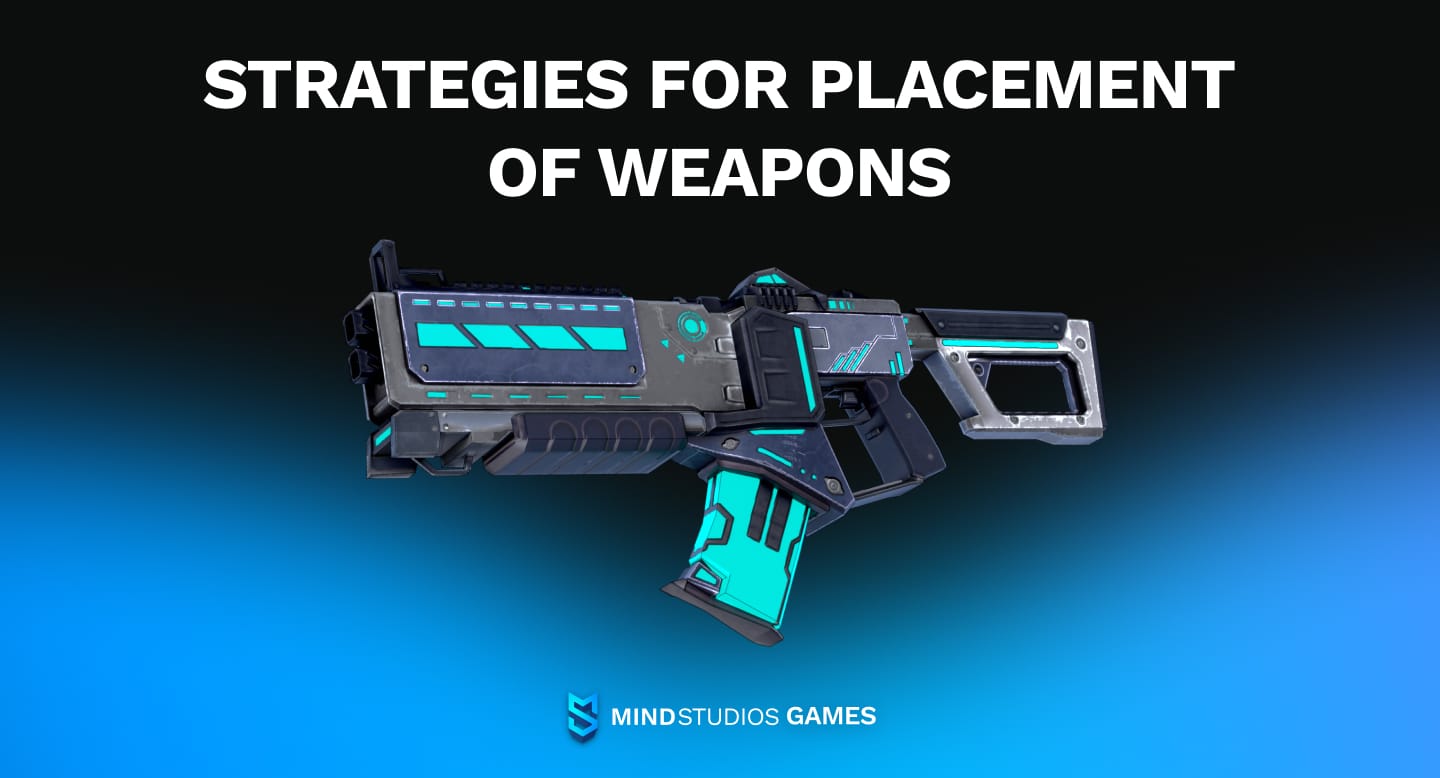
A rifle from CyberHero, a multiplayer game by Mind Studios Games.
1. Diverse weapon locations
- High-risk, high-reward areas: Place powerful weapons in contested areas to create high-stakes encounters. This encourages players to engage in combat and take risks.
- Balanced distribution: Ensure that various weapon types are evenly distributed to avoid giving one area an excessive advantage.
- Strategic points: Place weapons at key strategic points like chokepoints or vantage points to encourage tactical gameplay.
2. Power weapons
Control over power weapons — high-impact weapons that can turn the tide of battle (e.g., rocket launchers, sniper rifles) — can shift map control and create focal points for combat. Position them in hard-to-reach or highly contested but also highly visible areas to ensure they are fought over, creating dynamic encounters. Restrict the number of power weapons to prevent overwhelming gameplay.
3. Weapon variety
Offer players a range of weapons for different goals and playstyles:
- Close-quarters weapons: Place shotguns or melee weapons in tight, enclosed spaces to promote close-quarters combat.
- Long-range weapons: Position sniper rifles and other long-range weapons in open areas with good sightlines to encourage ranged engagements.
- Specialty weapons: Place unique or situational weapons (e.g., flamethrowers, mines) in areas where they can be particularly effective.
Strategies for placement of pickups
1. Health and ammo stations
Health and ammo stations sustain player engagement by providing resources to continue fighting without returning to spawn. There are two different ways to use health stations, choosing one will depend on how you want the level to play out:
- Position health and ammo pickups in areas that require players to expose themselves, creating risk-reward scenarios; OR
- Place them in areas that are neither too exposed nor too hidden to create a balance between risk and accessibility.
Another tip for health and ammo stations is to use them to support areas that are naturally disadvantageous, helping to balance the map. Also, avoid placing health and ammo stations too close to power weapon locations to prevent overpowering players.
2. Timed pickups
These are items that respawn after a set interval. Since they’re timed and will disappear after a short period, they encourage players to time their movements and plan routes to control these resources.
We suggest to place timed pickups in:
- Neutral zones to draw players into combat and create contestable objectives;
- Central or high-traffic areas to ensure they are contested
Consider using in-game notifications for power-up spawns to create rushes and unplanned encounters.
3. Resource scarcity
Ensure that resources are neither too scarce nor too readily available. Scarce resources increase the value of pickups and encourage strategic use. By making resources just enough and not abundant, you force players to make strategic decisions about when to engage in battle and when to fall back and resupply.
Map control and strategic decision-making
- Chokepoints and vantage points offer significant tactical advantage or control over critical pathways. To create strategic hotspots that players will contest, place valuable items or weapons near chokepoints and vantage points.
- High-traffic areas are areas where players frequently pass through or engage in combat. Position items in these areas to ensure they are regularly used and create dynamic encounters.
- Prevent players from camping by incentivizing movement around the map. Distribute items in a way that encourages players to move between different areas, rather than staying in one spot.
The strategic placement of weapons, pickups, and resources is critical in designing balanced and engaging multiplayer levels. By considering factors like high-risk areas, diverse locations, map control, and the roles of different items, designers can create dynamic environments that promote strategic decision-making and fair gameplay. This thoughtful placement ensures that player encounters are exciting and that the game remains balanced and enjoyable for all participants.
Environmental storytelling
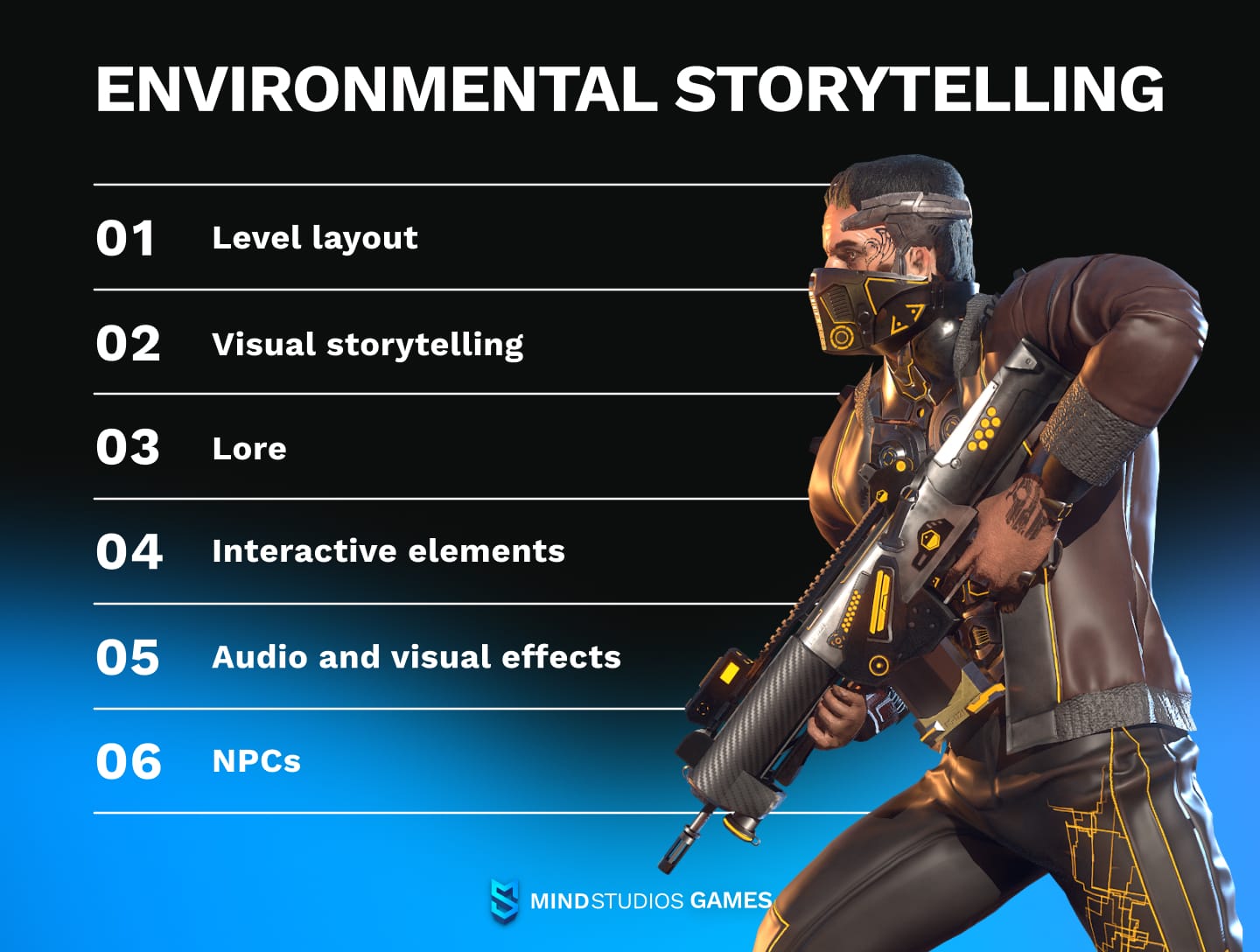
Environmental storytelling is the practice of conveying a narrative to players through the environment itself, rather than through explicit dialogue or text. This method leverages the game's world and its various elements — architecture, objects, lighting, and even sound — to communicate the story and its context.
In multiplayer level design, environmental storytelling enhances immersion and narrative depth. By embedding narrative elements into the environment, designers can create richer, more engaging worlds that captivate players beyond mere gameplay mechanics. This helps build a cohesive game universe, adding context to player actions, and fostering a deeper connection to the game world.
Here are the main elements of environmental storytelling game level designers should know about:
- Level layout
- Visual storytelling
- Lore
- Interactive elements
- Audio and visual effects
- NPCs
| Level layout | Create pathways that guide players through story-rich areas, using the layout to lead them to key narrative points. Non-linear levels with multiple paths and hidden areas that reveal more about the story encourage exploration and reward player curiosity, so it’s always a good thing to add to your multiplayer level design. |
| Visual storytelling | Use props, textures, and environmental details to convey the history and culture of the game world. For example, war-torn landscapes, ancient ruins, or high-tech facilities can provide backstory and context. Items like bloodstains, broken machinery, or scattered personal belongings can tell a story of past events and hint at ongoing conflicts or tragedies. |
| Lore | In narrative games, game level designers work on strategic placement of lore-rich objects such as letters, journals, or relics that players can discover. These can provide background stories and deepen the narrative. Easter eggs — subtle references or hidden messages that reward exploration and curiosity — are always a great addition in players’ eyes, as they add layers to the story. |
| Interactive elements | Incorporate elements that players can interact with to uncover story details. This can be, for example, unlocking secret rooms, activating terminals, or triggering holographic recordings. Or you can allow players to alter the environment in ways that reveal hidden narrative elements, such as breaking walls to discover hidden passages. |
| Audio and visual effects | Ambient sounds like distant explosions, eerie whispers, or nature sounds can create atmosphere and hint at off-screen events. Lighting, weather changes, and visual effects set the mood and convey the passage of time or changing conditions. |
| NPCs | Non-player characters (NPCs) engaged in certain activities will reflect the world’s narrative. For example, it can be soldiers preparing for battle, scientists conducting experiments, or civilians going about their lives. These days, it’s possible to add NPCs with AI. These NPCs can even react to player actions or environmental changes, enhancing the sense of a living, dynamic world. |
During the level design process, the game level designer has to keep in mind that every element in the environment supports the overarching narrative and theme, creating a cohesive experience. Small details can significantly enhance immersion. Consistency in design, like matching posters, graffiti, and architecture, reinforces the story.
However, it’s important to integrate narrative elements in a way that they complement rather than interrupt gameplay. Ensure that storytelling does not hinder the flow of action but enhances it. Use gameplay mechanics to tell the story. For example, utilize puzzles that reveal narrative elements, or combat scenarios that unfold as part of the story.
Playtesting and iteration
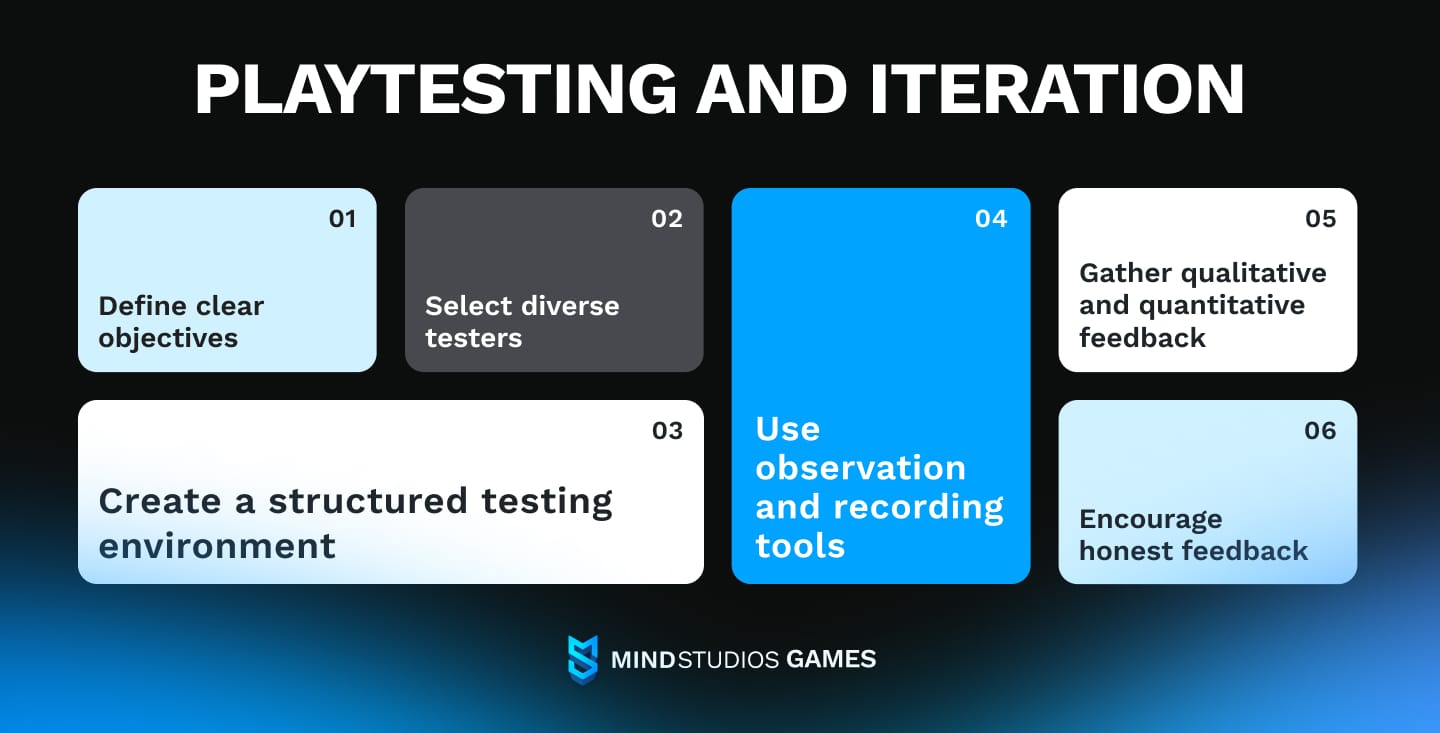
Playtesting is extremely critical in game development, particularly for multiplayer game level design. It involves real players interacting with the game to identify issues, gather feedback, and refine the design for optimal balance and enjoyment. With playtesting, a level designer can make 100% sure that the level meets the intended gameplay experience. If it doesn’t, playtesting helps identify potential problems and reveals opportunities for improvement.
Let us offer you some level design tips for conducting effective playtests:
- Define clear objectives. Determine what you want to achieve with the playtest (e.g., balance testing, flow analysis, bug identification) and focus on specific aspects of the level during each session to gather targeted feedback.
- Select diverse testers. Include players with varying skill levels and play styles to get a comprehensive view of how different types of players interact with the level.
- Create a structured testing environment. Set up controlled testing conditions to ensure consistency, and provide testers with clear instructions and objectives for the session.
- Use observation and recording tools. Record gameplay sessions to review later and capture moments that testers might not seem important enough to mention. Use observation tools to monitor player behavior and interactions in real-time.
- Gather qualitative and quantitative feedback. Use surveys and questionnaires to gather structured feedback, conduct interviews with focus groups for more in-depth insights. Collect gameplay metrics such as heatmaps, kill/death ratios, and time spent in different areas.
- Encourage honest feedback. Create a comfortable environment where testers feel free to provide honest and constructive criticism, assure testers that negative feedback is valuable and necessary for improvement.
Iterating on multiplayer maps level design based on player insights
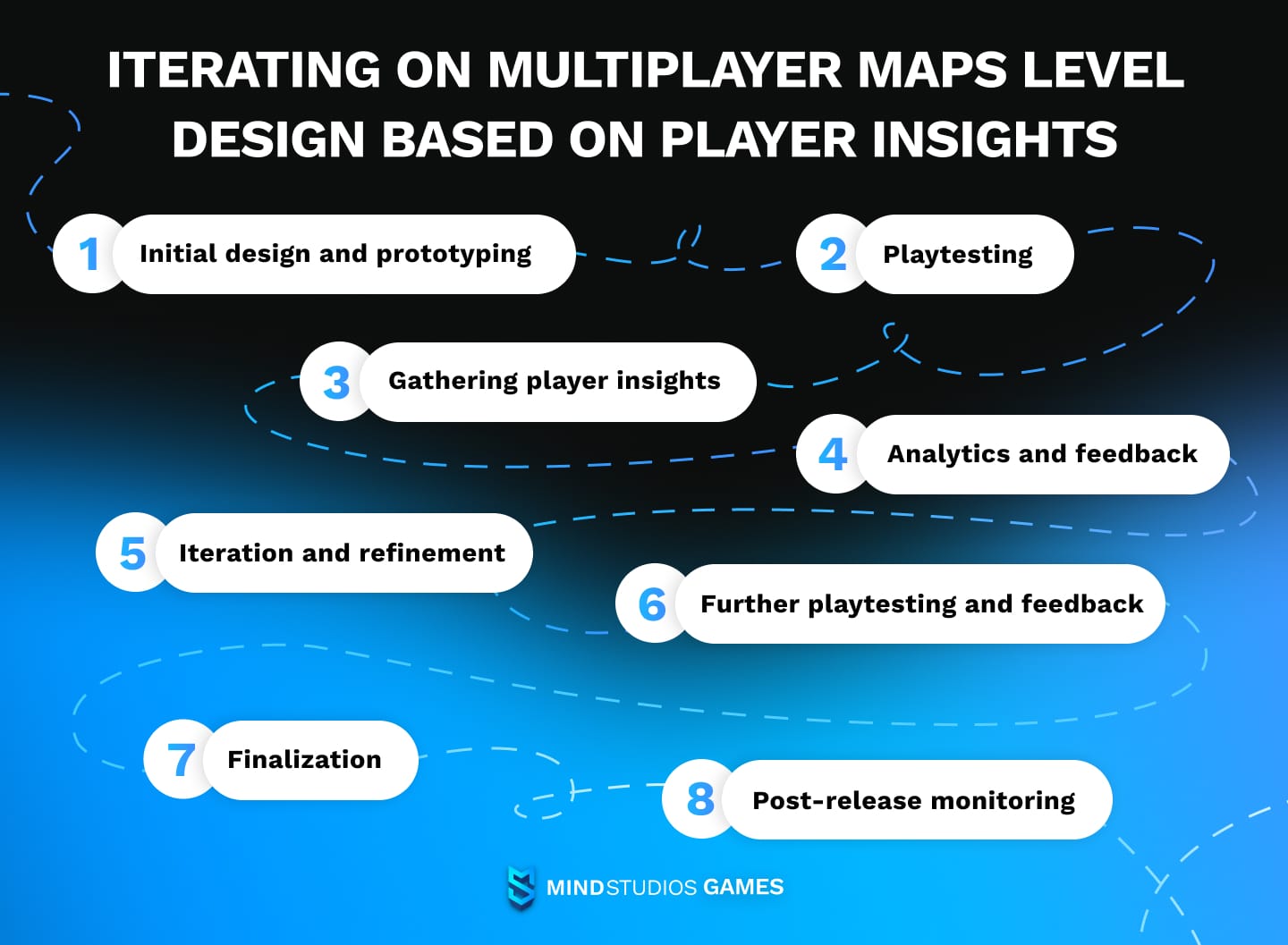
Iterating on level design involves several stages, from initial design and playtesting to analyzing player feedback and making informed adjustments.
Step 1. Initial design and prototyping
Start with a clear concept for the map, including the setting, theme, and gameplay objectives. Consider the types of player interactions you want to encourage (e.g., close-quarters combat, long-range engagements, strategic points of interest). Create a basic version of the map using simple geometry. Focus on the layout, key landmarks, and routes to ensure a good flow and balance.
Step 2. Playtesting
Conduct initial playtests internally with the development team to identify obvious issues and gather preliminary feedback. After that, release the map to a broader audience for testing. This can be through closed alpha/beta tests or early access programs.
Step 3. Gathering player insights
Distribute surveys and feedback forms to players after they have tested the map. Ask specific questions about the map's layout, balance, visual design, and overall enjoyment. Simultaneously, collect data on player behavior — heatmaps showing where players spend the most time, common routes, frequent death zones, and so on.
It’s also a good idea, if you’re conducting playtests publicly, to monitor discussions on forums, social media, and other community platforms where players share their experiences and opinions.
Step 4. Analytics and feedback
Analyze data from in-game analytics to identify patterns and trends. Look for areas that are underused or overly congested. Review player comments and feedback to understand the context behind the data. Identify recurring themes and specific issues raised by players.
“What analytics can help in multiplayer level design? The primary one we use is heat maps. With their help, we can visualize the players’ movements and activity, and use it to optimize multiplayer maps.
Heat maps show us the most used routes and the points of player congestion. Areas where players crowd can be widened to enhance satisfaction, and the appearance of “dead zones” (areas avoided by players) shows there’s need to re-plan or remove those parts of the map.
Finally, heat maps help a level designer effectively place resources and spawn points for the best player experience.”— Bohdan, Lead game and level designer at Mind Studios Games
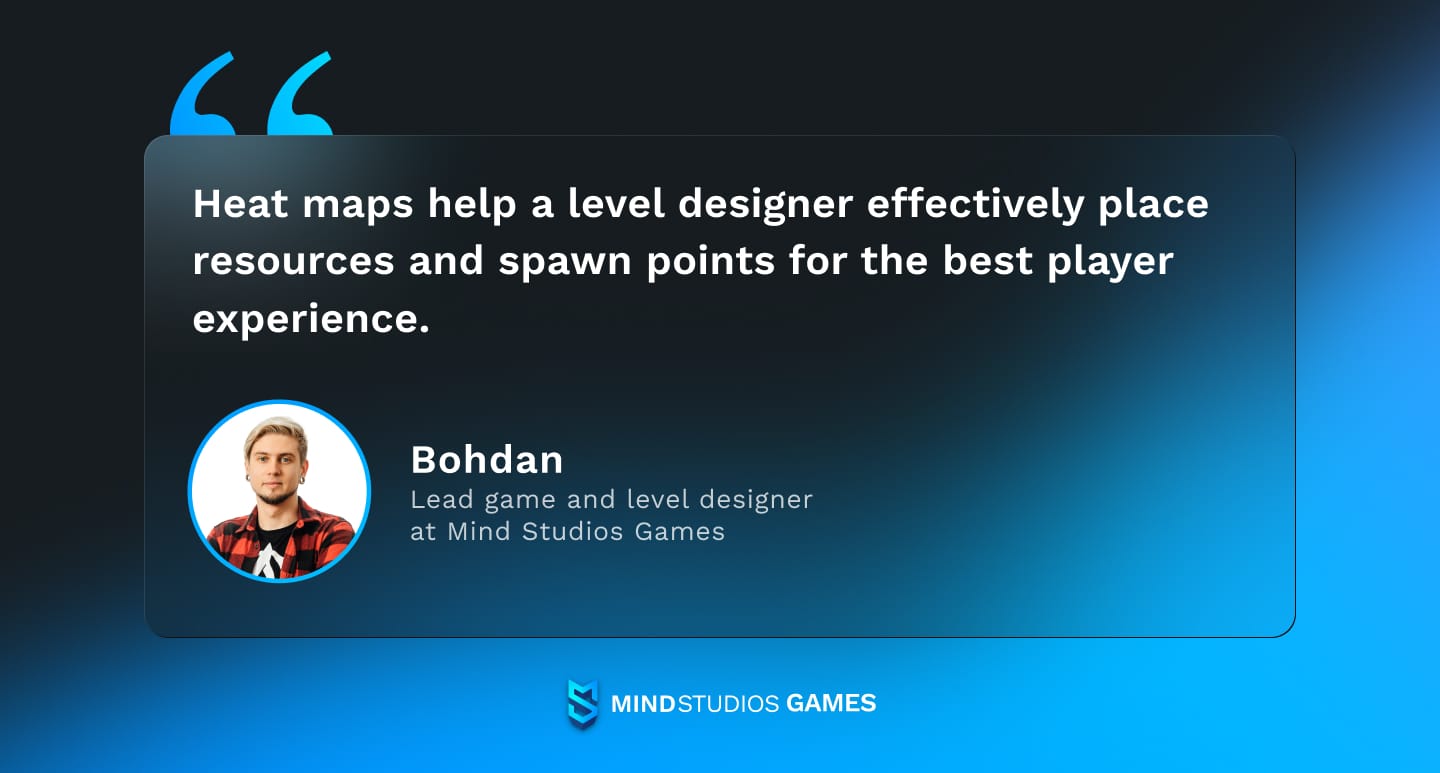
Step 5. Iteration and refinement
Make adjustments to address specific pain points identified through feedback. This can include rebalancing certain areas, adding or removing cover, changing spawn points, or adjusting the map's scale. Look for and enhance elements that players enjoyed. This might involve emphasizing certain routes, improving sightlines, or adding more strategic elements.
Step 6. Further playtesting and feedback
Regularly release updated versions of the map for further playtesting and to gather feedback and data to ensure changes are effective. Keep the community informed about changes and the reasoning behind them. Engage with players to show that their feedback is valued.
Step 7. Finalization
Once the map has gone through several iterations and received positive feedback, focus on polishing the visuals, optimizing performance, and fixing any remaining bugs. Release the finalized version of the map to the entire player base when it’s ready.
Step 8. Post-release monitoring
After release, continue to monitor player feedback and in-game data. Be prepared to make further adjustments if necessary.
Conclusion
Level design is one of the most important parts of game design, and designing multiplayer maps can be an extra challenge for a game level designer. After all, when multiple players, all with different play styles, are gathered on a single map, things can become quite chaotic and unpredictable.
To handle level design for a multiplayer game successfully, a game development team needs an experienced specialist. At Mind Studios Games, we have such specialists, as we’ve developed several multiplayer games throughout the years and are working on more even now. Check out our portfolio and get in touch for a free consultation if you’d like to see for yourself how we can be of help.


